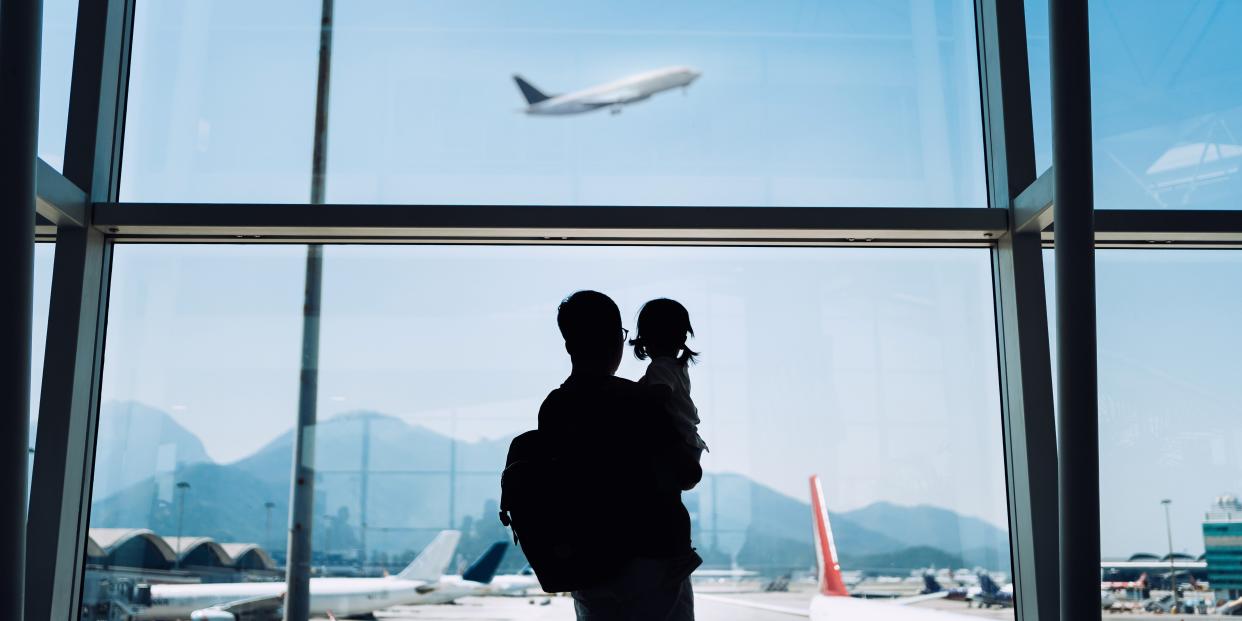Jet fuel prices have doubled since last year and air fares are seeing record jumps ahead of the summer travel season

Jet fuel prices have eased from last month's high, but they are still double from a year ago.
In April, domestic airline fares climbed 18.6%, the steepest jump ever.
Meanwhile, Bloomberg reports that the top 11 US airlines will fly 12% fewer flights this summer due to a pilot shortage.
Jet fuel prices have roughly doubled year over year, and air fares are making a steep climb just ahead of the summer travel season.
Russia's invasion of Ukraine has sparked turmoil across global energy markets, and fueling an airplane has become increasingly expensive.
This week, the US jet fuel spot price hit $3.517 per gallon, according to data from the Energy Information Administration. While that is down from highs reached in April, it's still about double the year-ago price of $1.765 per gallon. The price spike also far outstrips the 51% year-over-year jump in gasoline prices.
Just four months ago, before Russia's war in Ukraine, US airlines had forecasted jet fuel to hover around $2.50, according to data compiled by Bloomberg.
Fuel can account for as much as a third of airline expenses, and the price spike comes as travel demand is also up while pilots are in short supply. In fact, the top 11 US airlines will fly 12% fewer flights this summer due to a lack of pilots, Bloomberg reported.
Those factors combined to boost domestic airline fares by 18.6% in April, according to the Bureau of Labor Statistics. That's the steepest jump ever since the figure started being tracked in 1963.
The surge varies, depending on the route. A ticket from New York to San Francisco costs $662 — nearly doubling since 2019, according to Hopper data compiled by Bloomberg.
International flights have seen a lesser increase. Los Angeles to London, for example, goes for $977 on average, a 23% jump from 2019.
Other key fuels are seeing similar price jumps too. Diesel prices are up more than 70% with supplies experiencing their worst crisis since the 1970s, an analyst previously told Insider.
Meanwhile, the sticker shock at the pump has begun to impact customers' willingness to fill up. Demand on a four-week rolling basis was its lowest for this time of year since 2013, excluding 2020, data from the EIA show.
Read the original article on Business Insider


